Church of MO: 1995 Kawasaki Vulcan 1500
Yea, they are greedy dogs which can never have enough, and they are shepherds that cannot understand: they all look to their own way, every one for his gain, from his quarter. Later Vulcan V-twins would grow to 125 cubic inches (2053 cc) before dying off from their own voraciousness, but in 1995, the Kawasaki Vulcan 88 (four years before the H-D Twin Cam 88) was just right. A reading from the book of Tom Fortune, who wrote well if not long. Amen.
Zero to 100 – In Top Gear!
The huge seat is well contoured and pillowy soft, while the bars have a tall rise and reach back to the rider. Footpegs are mounted well forward, adding to the spacious feel. The long wheelbase allows for plenty of passenger room, and our resident pillion tester reported the thickly-padded seat and backrest to be among the most comfortable in the cruiser class.
“Fit and finish is good, with tons of chrome everywhere.”
Even the coolant tank, which is mounted directly behind the engine on the right side, has a highly-polished chrome cover. Kawasaki did a good job of giving the liquid-cooled V-twin motor an air-cooled appearance, an important styling feature in the highly competitive cruiser market. Nice styling touches, like the braided-wire covers for the four spark-plug leads (it has dual-plug heads), abound on this bike. Switches and controls are typical Kawasaki fare, familiar and easy to use.
You won’t find a tachometer on the Vulcan 88, but with this bike’s prodigious power spread, who needs one? You shift when you suddenly realize that you’ve been in the same gear for the last hour or so. Mounted above a cluster of warning lights in a heavily chromed panel is the speedometer, out in the wind and easy to read.
The only other gauge on the Vulcan is a nice, large fuel gauge mounted in, you guessed it, a heavily chromed console on top of the fuel tank. You’ll have to keep a close eye on this gauge though, as the needle sweeps quite rapidly from Full to Empty. The big Kawasaki can suck the 4.2 gallon tank dry in as little as 120 miles or so of spirited riding. And with the kind of roll-on power the Vulcan 88 has, who can resist? Equipped with four-valve twin-plug heads, 36mm carbs, and an effective counter balancer, the deep-breathing V-twin (with a stroke of 90mm) produces V-8 sized power pulses from V-8 size pistons, and provides arm-stretching acceleration anytime you wind up the throttle — in any gear, from any speed.
“The monster motor feeds its power through a beefy four-speed transmission — the power spread is unbelievably wide, and four gears is more than enough to handle the load. There is so much available torque that you could stick the Vulcan in third gear and ride around town without ever having to change gears.”
Which is fortunate, as we found the gearbox to be a little notchy during upshifts. Kawasaki fitted the Vulcan 88 with it’s Positive Neutral Finder system which is a device that prevents the transmission from shifting from first into second when it is at a standstill. Once the bike is under way, the centrifugal force of a spinning transmission shaft disengages the device, ideally allowing unhindered upshifts. It’s a nice feature to have when you’re trying to shift into neutral with one foot while attempting to balance the beast with the other. But we kept finding ourselves hitting neutral during first-to-second gear changes.
This may be contributed to parts that have not broken in yet, or that magazine test bikes lead a harder-than-normal life. A firm, deliberate prod with your left boot on the large gear lever is required to overcome the neutral finder system and make it safely into second gear.
This is not a light-shifting, snick-snick style gearbox. And while we’re complaining, we would have like to see a much wider ratio gearbox — the Vulcan is spinning (relatively) high rpms at 70 mph while droning around the freeway, and we constantly nudged the shifter up, looking for a taller gear. The awesome torque and acceleration of the big Vulcan, though, will easily overwhelm the suspension. Both front and rear ends of the bike are tuned for a smooth ride. The front forks are unadjustable, and the twin rear shocks, adjustable for spring preload only, are too under-sprung and under-damped for anything above a boulevard pace. Riding the Vulcan on your favorite back road will have you quickly retreating back to familiar urban jungles. The brakes are also easily overwhelmed by the Vulcan’s substantial size. The single front disc works acceptably well while stylin’ downtown, but fades quickly when trying to slow down in a hurry. It also tends to twist the forks a little.
The rear disc, with it’s single-action caliper, is surprisingly weak, offering little stopping power. Overall though, the Vulcan 88 works exceptionally well in the confines of the city, where it delivers quite an impressive profile during those Friday night cruises downtown and everyday riding and commuting chores. Kept within its element, the Vulcan is a force to be reckoned with. The amazing motor is almost enough to overshadow the rest of the bike’s shortcomings — Kawasaki has seen fit to once again provide it in copious amounts, this time to the cruiser class. The 88 is the Power Cruiser. If “Big,” “Flashy,” and “Dominant” are words you have to have in your cruiser vocabulary, then the Vulcan 88 is for you.
Impressions:
1. Brent Plummer, Editor
Let’s clear one thing up right now: I like Kawasakis. All four bikes that I own bear this mark, and I’ll tell you why: I dig powerful motorcycles. Not necessarily 1000cc behemoths, but relatively powerful bikes that are the beasts of their class. And that’s Kawasaki’s game. Heck, it’s their identity — they build honkin’ fast motors and wedge them into things, then kick ass on boulevards and back roads around the world.
They’ve been doing it for 25 years now and the tradition continues with the Vulcan. So naturally, I like it, and can understand why they’re sold out at dealers in America. And equally important, my girlfriend likes the pillion seat and standard sissy bar, meaning she looks forward to riding anywhere, anytime on the Vulcan. I just wish it wasn’t so damn ugly: If I owned one, the chromed “ears” on both sides of the bike that are actually air cleaner covers would be powder-coated black, as would the tank’s huge chrome gauge mount, which is perfectly aligned to blind the driver whenever the sun is shining down. Oh, yes, the front brake sucked, too. In all, though, the huge motor and distinctive styling (read: not a Harley-Davidson rip-off) was more than enough to put big grins on my face whenever I rode it. ****
Specifications:
Manufacturer: Kawasaki
Model: VN1500-A8
Price: $8199
Engine: SOHC, 8-valve, liquid-cooled V-twin
Bore x Stroke: 102 x 90 mm
Displacement: 1,470 cc
Carburetion: Dual Keihin CV 36mm
Transmission: 4-speed, shaft drive
Wheelbase: 63.2 in.
Seat height: 28.3 in.
Fuel capacity: 4.2 gallons
Claimed dry weight: 557 lbs.
More by John Burns



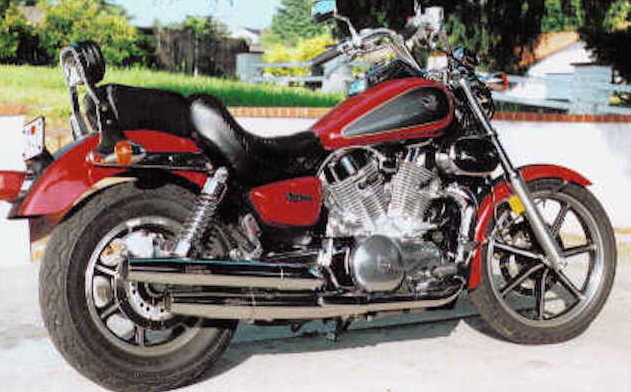










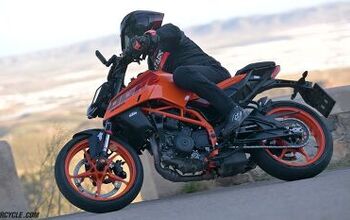
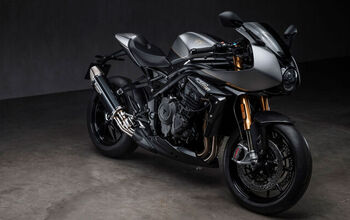
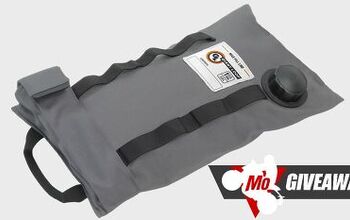

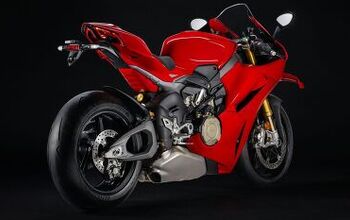

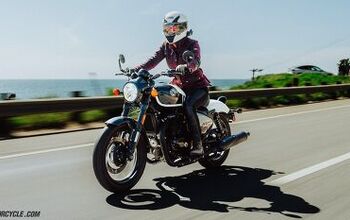
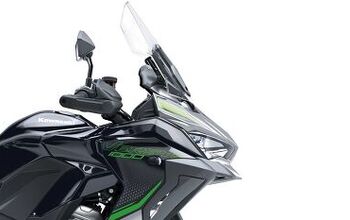
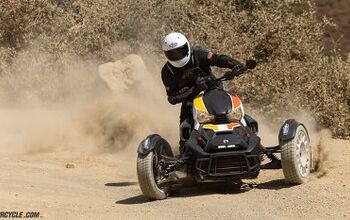


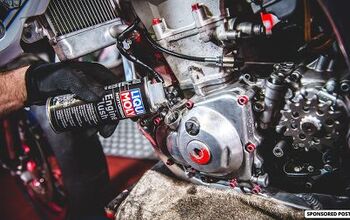


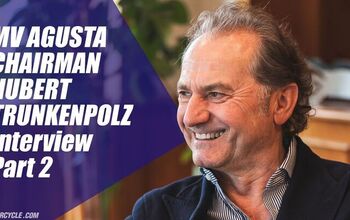
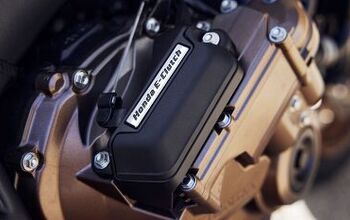

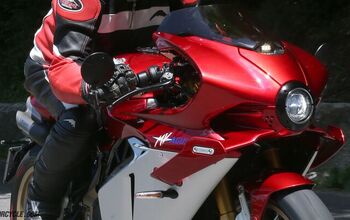
Comments
Join the conversation
I had an 07 Vulcan 1500 (basically the same but fuel injected, 5 speed) that was the first new bike I owned. Put 80,000 km on it in 7 years. It's the only bike I regret selling.
I currently own a 2002 Kawasaki Vulcan 1500 that I brought used in September 2012, and I had the bike held by a motorcycle company for eight years, but in that time, I was able to ride it and understand how it worked, but overall, I am still impressed with this bike. i started to use it regularly in late 2019 and all throughout 2020, and it's a great ride! its looks are great and really street wise, with a Burgundy Red color, but a really nice and reliable bike worth the ride!